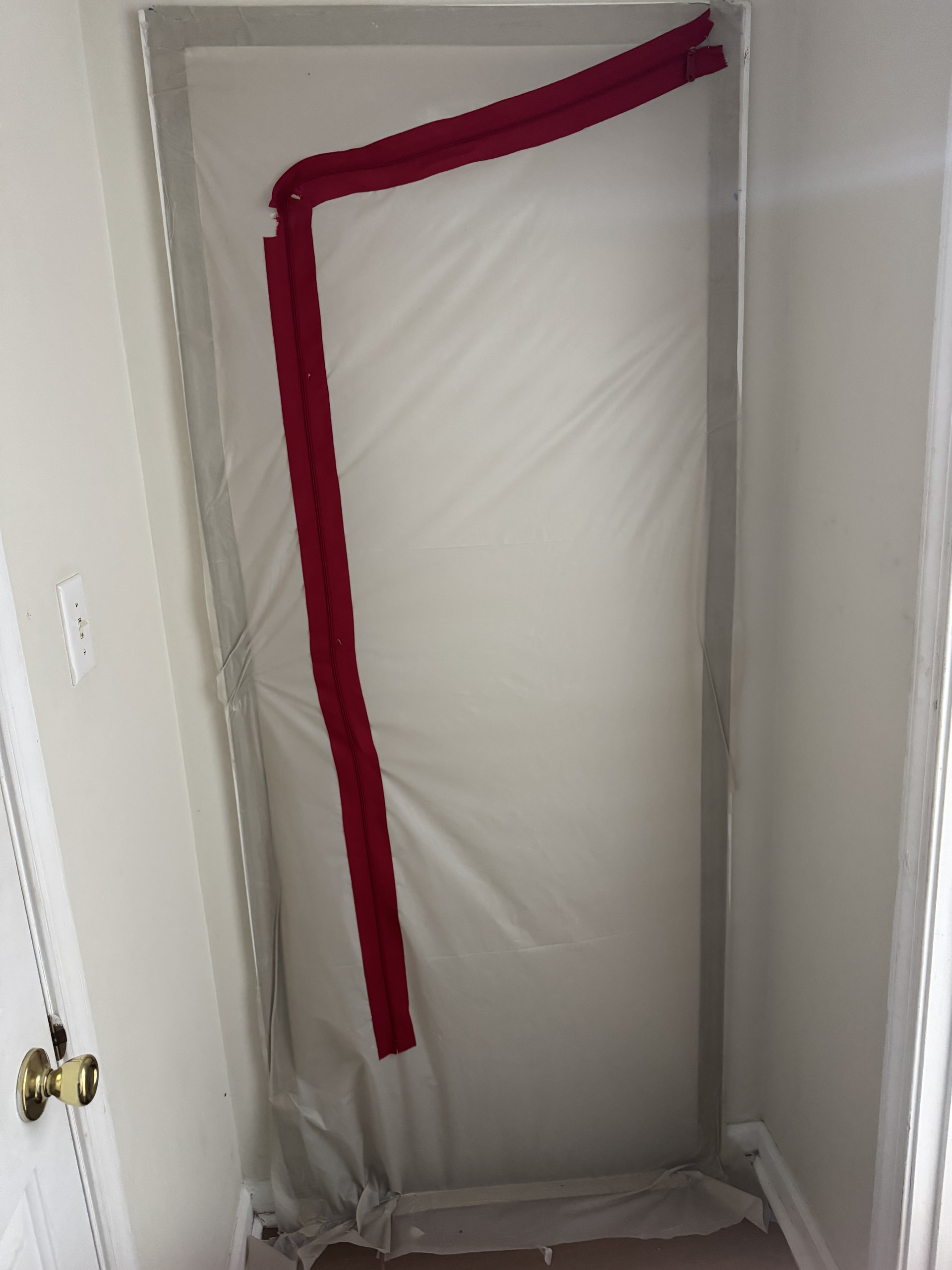Continuing the discussion from Eternity Async Tutoring:
I’d suggest reading up on mold. A book is Break The Mold by Dr. Jill Crista. Mold hasn’t been adequately researched, so all literature should be approached with a lot of critical thinking, not treated as established truths.
Mold repairs are often done poorly. Some issues to watch out for:
- Merely cleaning visible mold from an area.
- Not removing and replacing enough wet building materials.
- The repair area should be thoroughly dried before closing walls/ceilings/floors back up. This can take days with fans. If wood feels dry to the touch, that doesn’t mean it’s dry. It should be measured with a moisture meter (buy one from Amazon for like $30 if the workers don’t have one).
- Not finding the full area that water reached, e.g. below where the mold is.
- All sources of water intrusion should be found and fixed. There’s usually more than one.
- Not taking enough precautions to protect the people in the building. When mold is disturbed, killed or cleaned, it can release a lot of spores and fragments. Opening windows, running air purifiers, wearing masks, dusting and vacuuming are cheap options. With lots of mold, maybe the workers should seal the contaminated area off with plastic before disturbing the mold.
Have you tried magnesium, vitamin D and B vitamins? Those are particularly common deficiencies.
